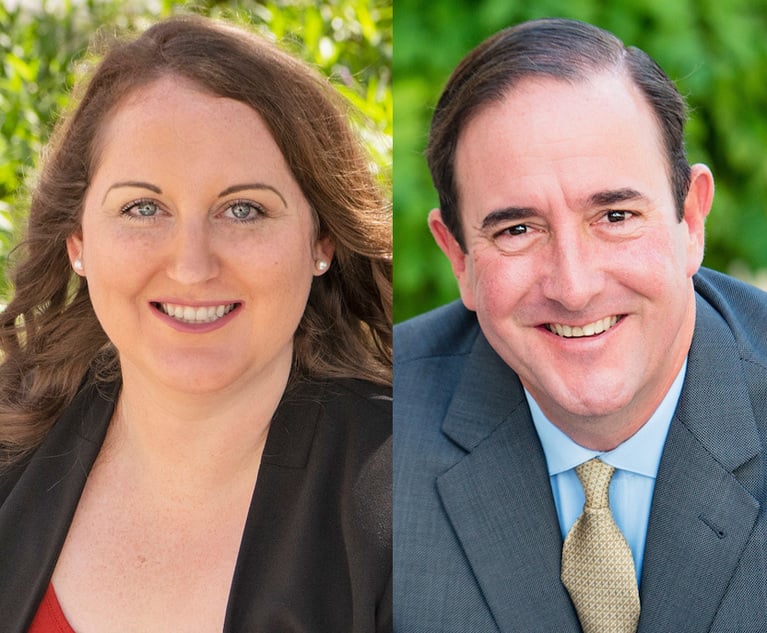The general inadmissibility of hearsay is something that has been around for some time, just like various exceptions that allow hearsay to be admitted in certain situations. The residual exception is an example of those nuances and serves as a “catch-all” exception by allowing hearsay to be admitted if the statement is considered trustworthy, among other requirements. The Federal Rules of Evidence were recently amended to change the criteria under the residual exception. In this article, we describe the new requirements of the residual exception and explore its potential relevance.
The Federal Rules of Evidence provide that an out-of-court statement offered for the truth of the matter asserted is hearsay, and hearsay is generally inadmissible. However, there are many exceptions allowing hearsay to be admitted under certain specified circumstances. There are exceptions for excited utterances, present sense impressions, statements under the belief of imminent death and many more. But, even if the specified exceptions do not apply, hearsay may be admissible if it meets the requirements of the “catch-all” residual exception.


 Syed S. Ahmad, partner, Hunton Andrews Kurth, Washington, and Yaniel Abreu , associate, Hunton Andrews Kurth, Miami
Syed S. Ahmad, partner, Hunton Andrews Kurth, Washington, and Yaniel Abreu , associate, Hunton Andrews Kurth, Miami




